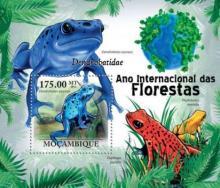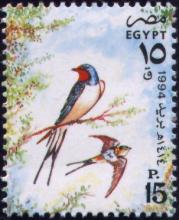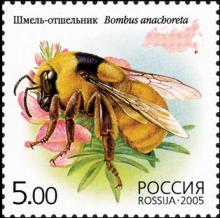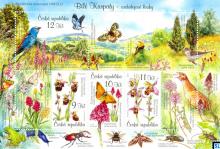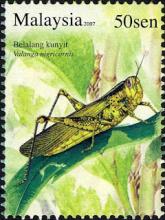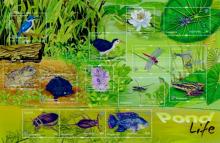Im Großherzogtum Luxemburg sind zwei Drittel der unterirdischen Trinkwasserspeicher durch Pestizide verschmutzt
Luxemburg muss Fortschritte in Sachen Wassermanagement machen, so das Fazit der Debatte in der Chamber am Donnerstag. Dabei ging es nicht nur um die Geldbuße, die das Großherzogtum aus Brüssel aufgebrummt bekommen hat, sondern auch um den Umgang mit dem Juli-Hochwasser und der Verschmutzung der Flüsse, wie sie dieses Jahr auf Attert und Alzette aufgetreten ist. Die Abgeordneten diskutierte lange, welche Aufgaben Luxemburg noch bewältigen muss.


